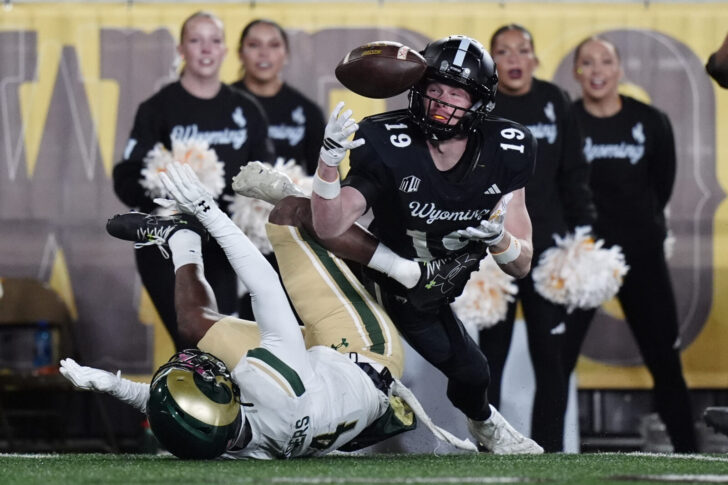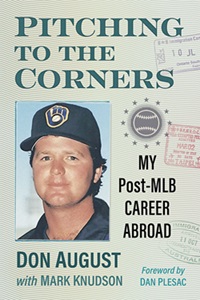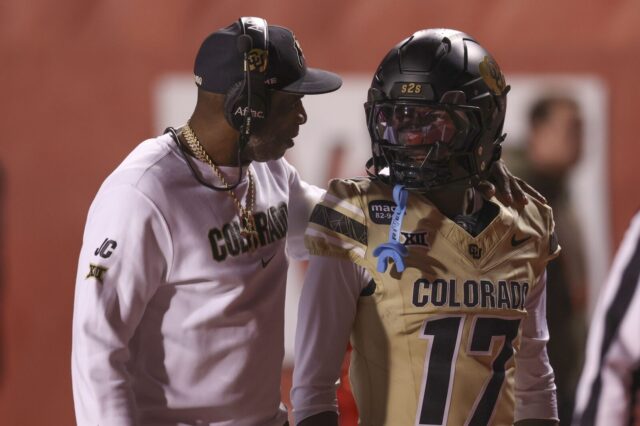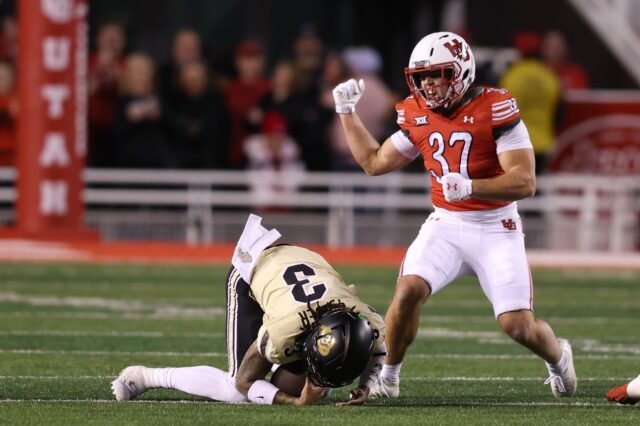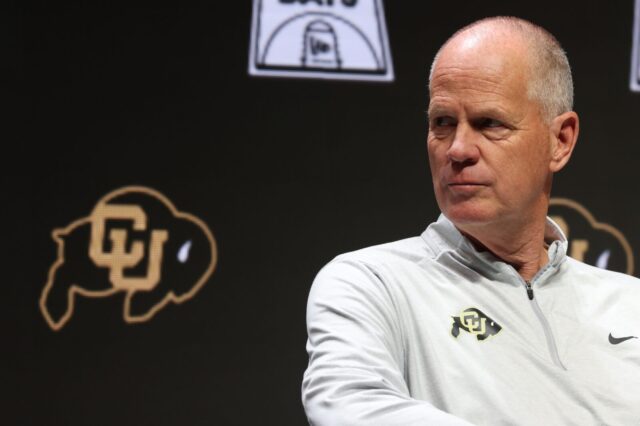Strike 2: Two games against neighboring state rivals on a Saturday night. Final score, 81-7.
Have we hit a low point for college football in the state of Colorado?
Sure feels that way.
It’s obviously impossible to say it with certainty, but what local fans watched last Saturday night – first Colorado State getting destroyed by arch-rival Wyoming 28-0 in a game that wasn’t that close, and then seeing the Colorado Buffaloes get blitzkrieged 53-7 by conference rival Utah – is going to be tough to top on the grotesque meter. Thank goodness the defenseless Air Force Falcons had the week off.
The problems in Fort Collins, where the head coach as already been fired and the starting quarterback has already left for the transfer portal, and Boulder, where the prodigal son and his Heisman winning sidekick departed after last season and took most of the team’s mojo with them – are different, but also the same. There’s a big problem between the ears. When it comes to playing big games against highly motivated and unified opposition – teams whose players place actual value on the name on the front of the jersey – both the Buffs and the Rams come up short.
Do you wonder how many of the players who don CSU’s green and gold and CU’s silver and gold are actually putting forth maximum effort playing for their state school, rather than for themselves and their individual future?
At CSU, they have special uniforms for a “State Pride” game every season. Problem is after three years of Jay Norvell neglecting in-state recruiting, there aren’t a lot of current Rams who carry around a lot of unmanufactured pride in the Centennial State. The CSU’s two/three-deep roster right now features a grand total of seven players out of 63 who come from the state of Colorado – one is the backup long snapper and two, Dagen Myers and Jack Moran – have fathers who were stalwart Rams back in the day. It’s kind of tough for the other 56 to display a lot of real pride for the 970.
When push came to shove – and it did, often – the Wyoming Cowboys were the ones who looked like they were “proud to be.” The Cowboys roster features 12 players from the state of Colorado, most of whom were not recruited by Norvell or his staff. Think they remember that?
When winning a rivalry game means more to the alumni and fan base than it does to the players, you’ve got a problem.
Things are a little different for Deion Sanders and his semi-pro team of Buffaloes. Deion recruits nationally, and mainly out of the Transfer Portal, and largely from Texas and the southeast, areas he’s familiar with. Sanders and his coaching staff don’t focus much energy on bringing in all but a very select few in-state kids to the Dal Ward Center. At CU (and a lot of other Power Four schools) recruiting is all about the money and NIL opportunities these days. Big roster turnover is now just accepted at a lot of places, just like the pros. Things like state pride get lost in translation.
Currently the state’s largest university fields a football team with exactly four Colorado born players – including just one starter – on a two/three deep of 70 football players.
It was easy to see that the players wearing the red of the University of Utah – there are 36 in-state players on the Utes roster – were a lot more unified in their purpose while they were administering Saturday’s beatdown to the Buffs.
Of course no competitive college football program recruits exclusively in state, not even Texas or California schools. But most want to put a recruiting emphasis on “building a wall” around their state borders so that they can effectively recruit the very best kids from their own state each year. It used to be that way around here. Coaches like Sonny Lubick and Garry Barnett kept ‘em at home. Remember when Lubick’s Rams had guys like Weld Central’s Kyle Bell and Fort Morgan’s Joel Dreesen? When CU had Loveland’s Jeremy Bloom and Pomona’s Joel Klatt leading the way? It’s important to have standout players from the home state who can serve as leaders for a team and help attach that important emphasis on that name on the front of the jersey.
That’s not all that needs to be fixed in Fort Collins and Boulder these days, but it would be a good place to start.
